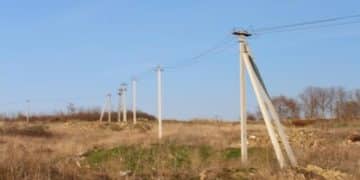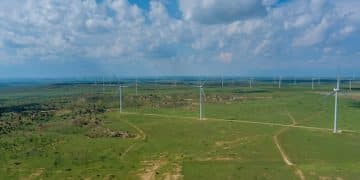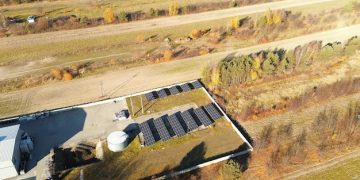New US Federal Regulations: Impact on Energy Storage Interconnection
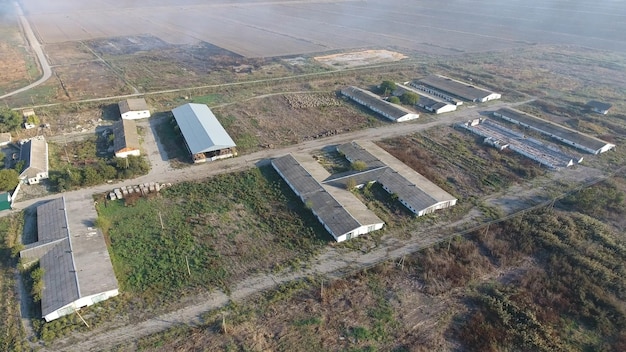
New US federal regulations significantly impact the interconnection procedures for energy storage systems, aiming to streamline processes, reduce costs, and accelerate the deployment of these technologies across the nation.
The landscape of energy storage in the US is undergoing a significant transformation. New federal regulations are poised to reshape the way energy storage system interconnection procedures are handled, promising both opportunities and challenges for the industry.
Understanding the Current Interconnection Landscape
Before diving into the impact of the new regulations, it’s important to understand the current state of affairs. Connecting energy storage systems to the grid has traditionally been a complex and often lengthy process.
Utilities, independent system operators (ISOs), and regional transmission organizations (RTOs) each have their own rules and procedures. This lack of standardization creates uncertainty and increases costs for developers.
Key Challenges in Existing Interconnection Procedures
Several key challenges plague the existing interconnection landscape, hindering the widespread adoption of energy storage.
- Long Processing Times: Interconnection studies can take months or even years to complete, delaying project timelines and increasing costs.
- High Costs: The cost of interconnection studies and required upgrades can be substantial, making some projects economically unfeasible.
- Lack of Transparency: Developers often face a lack of transparency in the interconnection process, making it difficult to understand the requirements and timelines.
- Technical Complexity: Integrating energy storage systems into the grid requires specialized expertise and technical analysis, adding to the complexity of the process.
These challenges have created significant barriers to entry for energy storage developers, slowing down the deployment of these critical technologies.
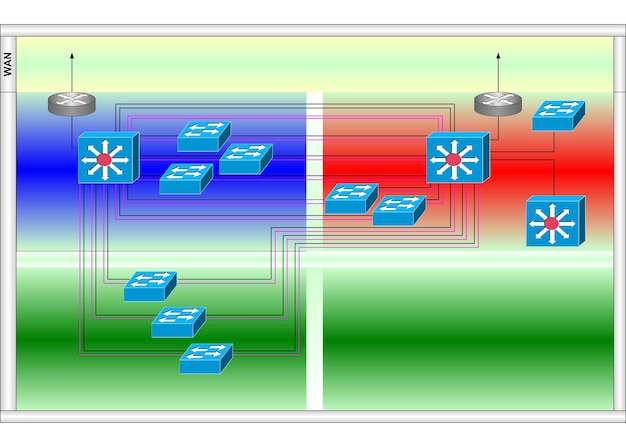
Moving forward, the industry needs clarity and consistency to overcome these hurdles.
Overview of the New US Federal Regulations
Recognizing the need for reform, the US federal government has introduced new regulations aimed at streamlining energy storage system interconnection procedures. These regulations seek to address the challenges mentioned above and promote the growth of energy storage.
The specific details of these regulations can be complex, but the overarching goal is to create a more standardized, transparent, and efficient interconnection process.
Key Provisions of the New Regulations
The new regulations include several key provisions designed to improve the interconnection process for energy storage.
- Standardized Interconnection Procedures: The regulations aim to establish more consistent interconnection procedures across different jurisdictions, reducing uncertainty and complexity for developers.
- Faster Processing Times: The regulations set deadlines for completing interconnection studies, speeding up the process and reducing project timelines.
- Cost Allocation Reforms: The regulations seek to allocate interconnection costs more fairly, reducing the financial burden on energy storage developers.
- Enhanced Transparency: The regulations require greater transparency in the interconnection process, providing developers with more information about the requirements and timelines.
These provisions are designed to create a more level playing field for energy storage developers and encourage greater investment in these technologies.
Next, we will look more specifically at how these regulations will impact the industry.
Impact on Energy Storage Project Development
The new regulations are expected to have a significant impact on the development of energy storage projects in the US. By streamlining the interconnection process, reducing costs, and increasing transparency, the regulations can make it easier for developers to bring projects online.
This could lead to a surge in energy storage deployment, helping to accelerate the transition to a cleaner and more reliable grid.
Potential Benefits for Developers:
Energy storage developers stand to benefit significantly from the new regulations.
- Reduced Costs: Lower interconnection costs can improve project economics, making more projects financially viable.
- Faster Timelines: Shorter interconnection timelines can allow developers to bring projects online more quickly, generating revenue sooner.
- Increased Certainty: Greater transparency and standardization can reduce uncertainty and risk, making it easier to secure financing for projects.

The hope is these federal regulations will ease the interconnection process and increase deployment significantly.
Challenges and Considerations for Implementation
While the new regulations hold great promise, successful implementation will require careful attention to several challenges and considerations. It is critical that stakeholders work together to address the concerns.
Effective communication and collaboration between regulators, utilities, and developers will be essential to ensure a smooth transition.
Potential Challenges:
Here are a few of the biggest obstacles anticipated by the industry going forward.
- Resistance from Utilities: Some utilities may resist the new regulations, particularly those related to cost allocation and transparency.
- Technical Challenges: Implementing standardized interconnection procedures may require significant technical adjustments and upgrades to the grid.
- Coordination Issues: Coordinating the interconnection process across different jurisdictions can be complex and challenging.
Utilities will need to provide accurate details and projections for the process to be efficient and accurate.
Stakeholder Perspectives and Reactions
The announcement of the new regulations has sparked a range of reactions from different stakeholders in the energy industry. Developers, utilities, regulators, and consumer advocates all have their own perspectives on the potential impact of the new rules.
Understanding these different viewpoints is essential to navigating the implementation process and maximizing the benefits of the regulations.
Developer Sentiment
Generally speaking, developers are in favor of the reforms, as they are supposed to cut costs and red tape.
Many developers believe that the new regulations will create a more favorable environment for energy storage investment and deployment.
However, some developers have expressed concerns about the potential for delays in implementation and the need for ongoing stakeholder engagement to address any unforeseen challenges.
There do remain some skeptics as to the actual rollout of the new federal mandate.
The Future of Energy Storage Interconnection
The new US federal regulations represent a significant step forward in the evolution of energy storage interconnection procedures. By streamlining processes, reducing costs, and increasing transparency, the regulations have the potential to unlock the full potential of energy storage in the US.
As the energy landscape continues to evolve, energy storage is likely to play an increasingly important role in ensuring grid reliability, supporting renewable energy integration, and providing a range of other valuable services.
Looking Ahead:
What can be expected now that the regulations are in place?
- Continued Innovation: The industry can expect to see continued innovation in energy storage technologies and interconnection practices.
- Greater Grid Integration: Energy storage will become more tightly integrated into the grid, providing a wider range of services and benefits.
- Increased Collaboration: Continued collaboration between stakeholders will be essential to address the challenges and opportunities presented by the evolving energy landscape.
| Key Point | Brief Description |
|---|---|
| ⚡ Streamlined Interconnection | New regs aim to make connecting energy storage to the grid faster and easier. |
| 💰 Reduced Costs | Regulations seek to lower costs for energy storage projects, making them more viable. |
| 📊 Increased Transparency | Developers should have more clarity on interconnection requirements and timelines. |
| 🌱 Renewable Integration | Easier interconnection supports the growth of renewable energy sources like solar and wind. |
FAQ
▼
The new regulations focus on streamlining the interconnection process for energy storage systems, reducing costs, and increasing transparency to promote wider adoption across the US.
▼
Energy storage developers, renewable energy projects, and ultimately consumers will benefit from the new regulations through lower costs and a more reliable electrical grid.
▼
Some challenges could be the resistance from utilities, required technical upgrades to the grid and simply managing the coordination across a wide variety of jurisdictions.
▼
The timeline for implementation will vary depending on the specific jurisdiction and any legal issues that may arise, but the effects should start to be seen in the next 12-24 months.
▼
Energy storage enhances the ability of renewable sources to provide power when production lags, since the grid can now be supplemented with an alternative energy source.
Conclusion
The introduction of new US federal regulations marks a significant shift in the energy storage system interconnection procedures and its development across the United States. While challenges remain, this action taken promotes a more accessible, efficient, and transparent environment for energy storage deployment, heralding a promising future for this critical technology.

